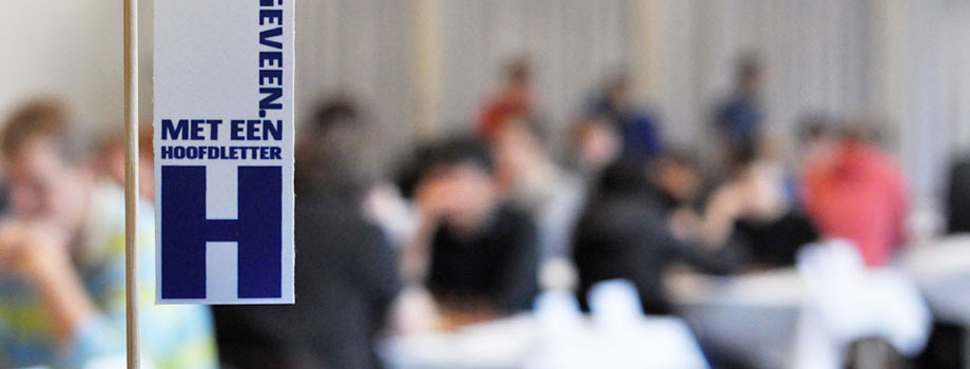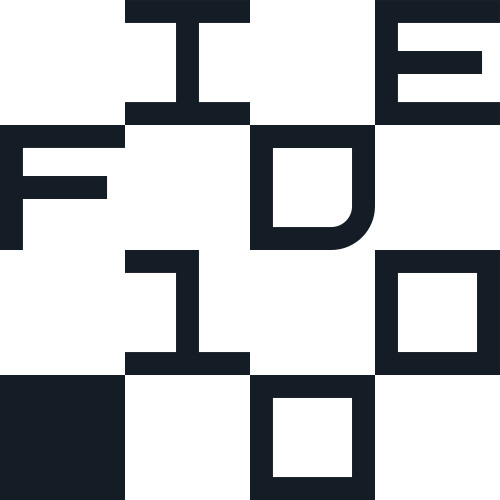Welcome to the digital age… today the players in the Open group neatly conformed to all the chess laws. What you see above is not the code with which you can bust the Najdorf; it’s the results on the ten highest boards today. Everything as expected.">
But was it that easy? Erwin l’Ami, the Dutch number one in this tournament, explained his game at the end of the commentator’s session of Joris Brenninkmeijer, and actually it had been less smoothed than it seemed.">
L’Ami - Clemens
1.d4 Nf6 2.c4 c5 3.d5 e6 4.Nc3 exd5 5.cxd5 d6 6.e4 g6 7.f4
‘A pure Benoni, you don’t come across that too often nowadays’, said L’Ami.">
7...Bg7 8.Bb5+ Nfd7
According to current theory this is the only move for Black here. Normally White now plays 9.a4 in order to prevent the expansion of the black queenside, but L’Ami decided to try something different.">
9.Nf3 0–0 10.0–0 a6 11.Bd3 b5 12.a3

12...Ra7!?
An interesting move. In principle the rook wants to go to e7, but there’s something standing in the way, and on a7 the rook is hanging as well.">
L’Ami also mentioned 12...Nf6 13.e5 dxe5 14.fxe5 Nxd5 15.Be4 Nxc3 16.Qxd8 Rxd8 17.Bxa8 Ne2+ ‘and Black has enough compensation for the exchange’.">
13.Qe1 Re8 14.Qg3
In view of the tricks that appear in the position further on, this manoeuvre may have been not the best.">
14...Nf6 15.e5
‘In such positions you shouldn’t make things too difficult’, L’Ami said. ‘You give a pawn, later on you gain a tempo with Bg5 – yes, such positions make me happy.’">
15...dxe5 16.fxe5 Nxd5 17.Bg5 Qd7

18.Ne4
Here L’Ami analysed the surprising move 18.Nf5!?!? Qc6 19.Be4 and then he discovered that Black wins with 19...Nxc3!. ‘And then I saw that the immediate 18...Nxc3! also wins.’ ">
Next, 18.e6 was studied, but 18...fxe6 19.Qxb8 Rb7 with the idea 20...Nxc3 en 21...Qxd3 also wins for Black.">
So then, by elimination, he found the text move, probing Black’s dark squares.">
18...Qg4?!
In the commentary room, Joris Brenninkmeijer investigated the move 18...Nc6!. After 19.Nd6 Bxe5 (19...Nxe5? 20.Nxe8!) 20.Nxe5 Qxd6 Black is doing very well. So White has to play 19.Nxc5, after which 19...Qg4! takes the sting out of White’s game. ‘Perhaps I just overestimated my position’, L’Ami admitted.">">
19.Qf2!
Now all kinds of things are threatened, but still Black’s problems wouldn’t have been so great after 19...Pd7!. However, now Clemens collapses:">
19...Rc7 20.h3 Qe6 21.Rae1 c4?!
A little trickier was to move the queen away with 21...Qc6 22.Nd6 (22.Nf6+ is powerless now) 22...Rf8 23.Be4 Be6 24.Rd1 Nd7 25.Be7 Nxe5 26.Bxf8 Nxf3+ 27.Qxf3 Bxf8 28.Nxf7.">

22.Nf6+ Kh8 23.Nd4
And it’s game over already. Black resigned.">
From Anton Rosmüller we know that he can catch a grandmaster napping now and then in tournaments. So when we saw that he had been paired to Alexander Shabalov, we kept an eye on the two. Well, Shabalov did win. But he took quite some time to analyse with the Dutch amateur player, and so, via Rosmüller, we were able to score a few interesting remarks.">
Rosmüller - Shabalov
1.d4 Nf6 2.c4 b6 3.Nc3 Bb7 4.f3 Nc6
A little experiment...
5.d5 Ne5 6.Qd4!? Ng6 7.e4 e6 8.Be3 Bd6!?
Computer says 8...Bc5, or first take on d5.">
9.0–0–0 Qe7 10.Qd2
10.Nb5!? came into consideration: 10...Be5 11.d6 (11.Nxc7+ Bxc7 12.d6 amounts to the same) 11...cxd6 12.Nxd6+ Bxd6 13.Qxd6 Qxd6 14.Rxd6 and Black is OK, but Shabalov must have preferred to keep some more material on the board. Therefore:">
10...Bc5 11.Kb1 a6 12.Nge2 0–0 13.Nd4 c6

14.Nc2?!
According to Shabalov, Rosmüller should have played like Shabalov here, going at Black’s throat with 14.h4! cxd5 15.h5 Ne5 and now, for instance, 16.h6 dxe4 17.hxg7 with a crazy fight.">
14...cxd5 15.cxd5 exd5 16.Bxc5 Qxc5 17.exd5 Rac8
Now Black has consolidated pretty nicely.">
18.Ne4!? Nxe4 19.fxe4
This centre won’t keep:
19...f5 20.Bd3 fxe4 21.Bxe4 Rf2 22.Qd3 Nf4

23.Qb3
Here Shabalov suggested the exchange sacrifice 23.Qg3 Rxc2 24.Qxf4 in order to keep the bishop on b7 out of play. Unfortunately, Black can then crash through with 24...Rxb2+! 25.Kxb2 Qc3+ 26.Kb1 Rc4 and after 27.Qb8+ Lc8 the mate threat costs White too much material. We are convinced that the Latvia-born IGM would have found this if it had appeared on the board.">
23...Qc4
Now White goes down quite prosaically.">
24.Qxc4 Rxc4 25.Rhe1 Nxg2 26.Bxg2 Rcxc2 0–1
Tomorrow most of the titled players meet each other – they will have to. So we assume that the above code will not do then.">
">">">">">">">">























